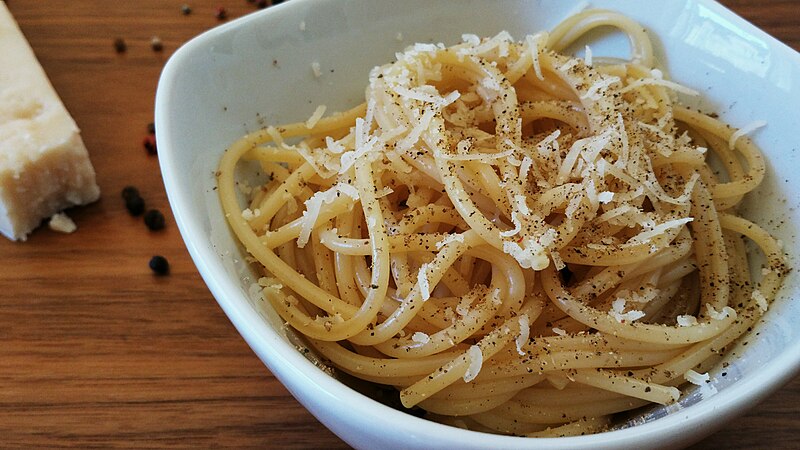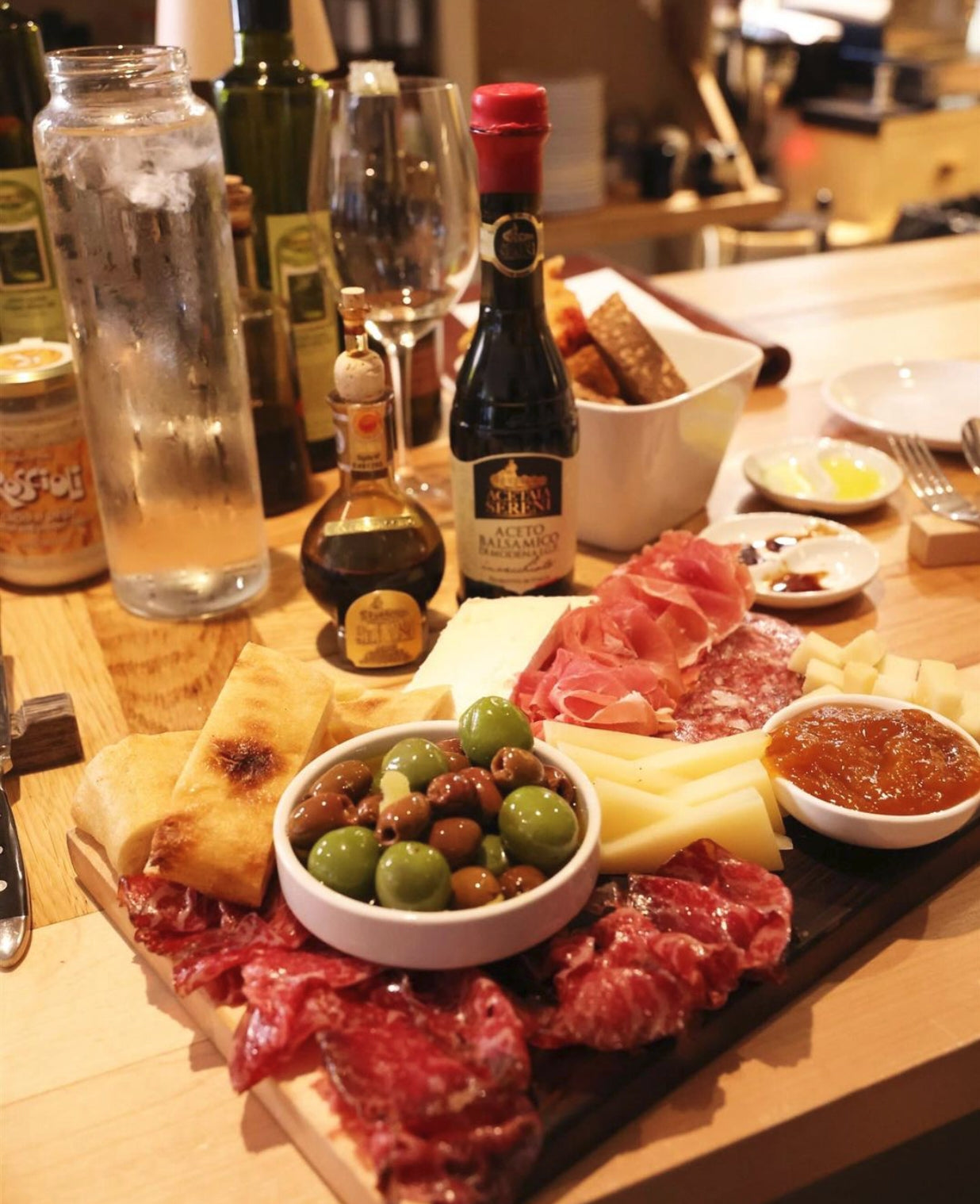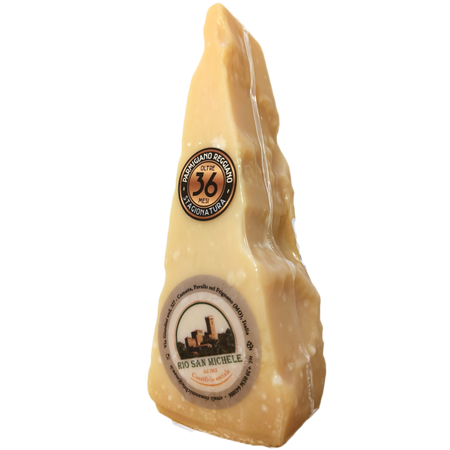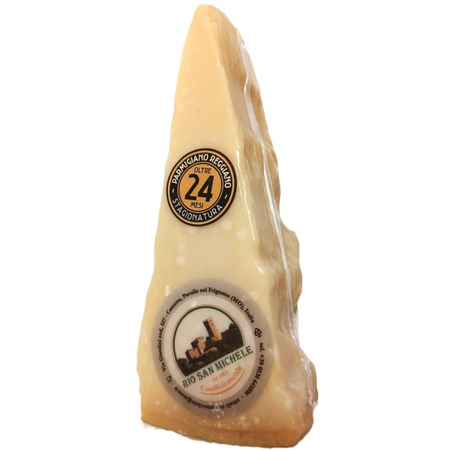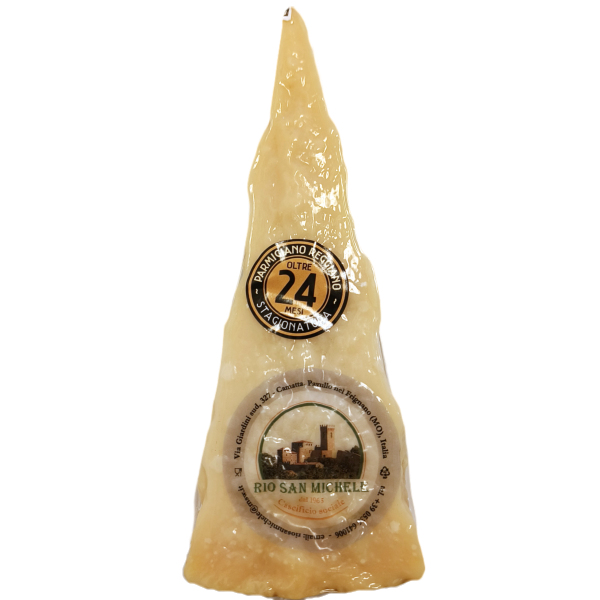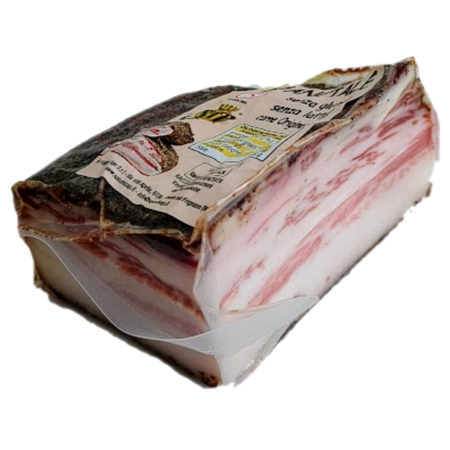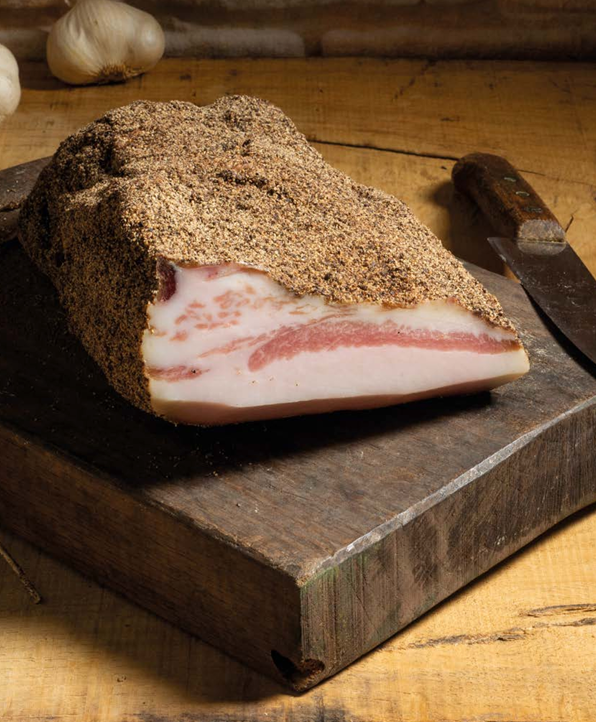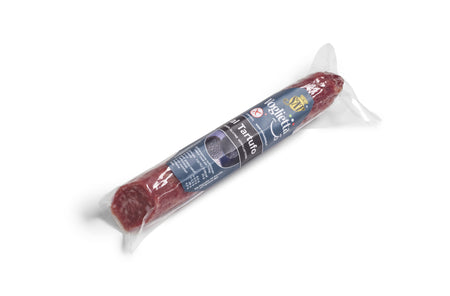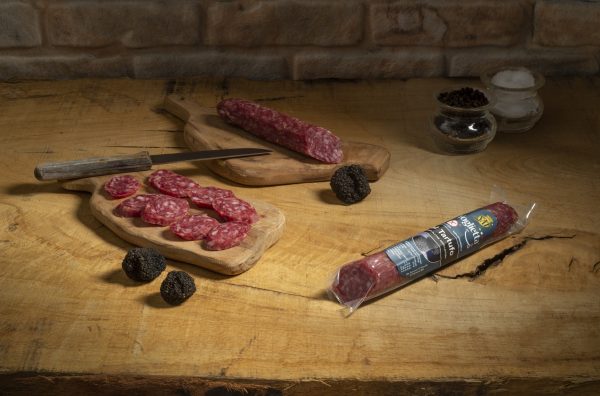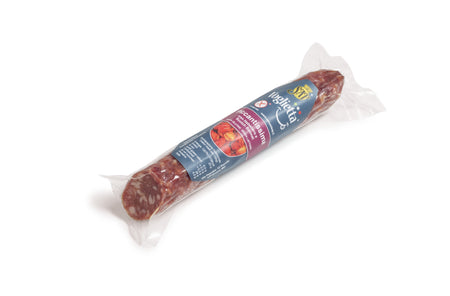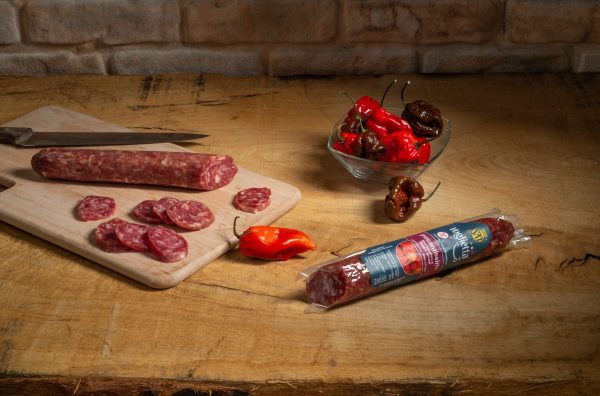Cacio e Pepe is one of the most iconic dishes of Roman cuisine. With its simplicity and intense flavor, it has achieved a special status as a mainstay in the culinary tradition of the Lazio region. The dish shares its origins with classics such as Amatriciana, Carbonara and Gricia, where guanciale, pecorino cheese and black pepper play a crucial role. I have to be honest :-) I prefer dishes like Carbonara or Amatriciana, but this traditional dish, with its simplicity and flavor, is just as deservedly famous as the others.
Ingredients (for 4 people):
- 320 g pasta (tonnarelli or spaghetti recommended)
- 150 g Pecorino Romano (finely grated)
- 2-3 teaspoons freshly ground black pepper
- Salt (for the pasta water)
Procedure:
- Cook the pasta in plenty of salted water until al dente . Save about 2 dl of pasta water.
- Toast black pepper in a dry pan over low heat to bring out its aroma.
- Mix finely grated pecorino with a little hot pasta water in a bowl until you get a smooth and creamy sauce.
- Add the drained pasta to the pan with black pepper, pour over the cheese sauce and mix quickly. Add a little pasta water at a time to achieve the perfect consistency.
- Serve immediately with extra pecorino and black pepper.
Connection to Amatriciana, Carbonara and Gricia:
- Gricia: Often referred to as the “ancestor of Carbonara” as it uses guanciale, Pecorino Romano and black pepper, but no eggs. Gricia is thus a bridge between Cacio e Pepe and Carbonara.
- Amatriciana: Adds tomato and guanciale to the Gricia base, creating a rich and deep flavor.
- Carbonara: A further development where eggs are added to give the dish its creamy character, while guanciale and pecorino remain central.
Wine recommendations:
A Frascati Superiore from Lazio is perfect with its lively acidity and fresh flavors. Alternatively, a Verdicchio dei Castelli di Jesi or a light red wine like Chianti Classico works well with this dish.
Buon appetito!
Image from Popo le Chien licensed CC BY-SA 3.0

